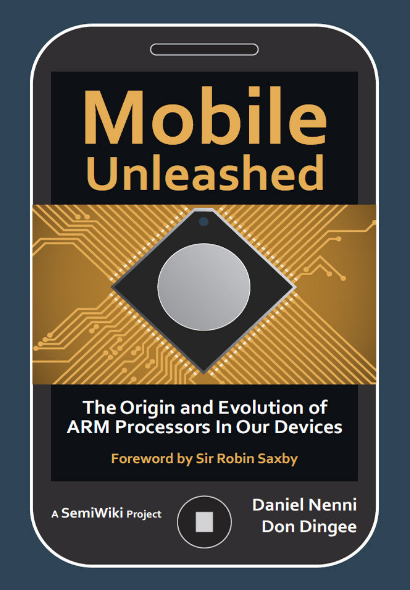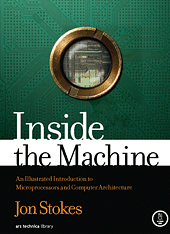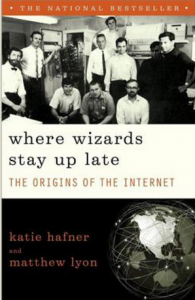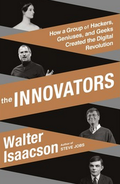After reading a couple of computing history books lately such as “Commodore – A Company On the Edge“, “Rebel Code” and “Diary of an 80s Computer Geek“, I’ve now turned to “Fire in The Valley“, by many regarded as one of the most important books around computing history in the 1970s and 80s. Originally written in 1984, it has seen updates over time and the current 3rd edition, published in 2014, contains a number of extra chapters to describe how the story continued in the 1990’s and 2000’s.
The part I enjoyed most was the beginning of the book as it goes into many details about how things started to happen before and especially after Ed Roberts created the Altair 8800 in 1974/75 about which I haven’t read before. At that time it was still more about people than about companies as in later parts of the book. I heard about the Homegrown Computer Club and it’s significance before but the book describes how it came into existence, the people that attended the meetings and the companies that were founded, became highly successful and then faded away again.
Arriving in the 1980’s, the story mostly revolves around the competition between IBM when it entered the market in 1981 and Apple. A bit but not much is told about how Atari and Commodore shaped the late 1970’s and especially the teenage years of many in the 1980’s with incredibly successful machines such as the C64, and later in the decade, the Atari ST line and the Amiga line of computers.
The Atari and Amiga were of course not out when the first edition of the book was published in 1984 so it wasn’t possible to include them in the story. In 1984 it was probably clear the business world would go the IBM clone way and only Apple at the time had a GUI based alternative, the Macintosh. At the time, Commodore and Atari were still selling 8-bit computers and it must have been clear they were no competition anymore with those products. Later on, when the second edition was published in 2010 it was clear that the Amiga and Atari ST systems, while hugely popular in the home computer domain, had had no impact on the business side of the industry. So perhaps this is the reason why they were left out once again but that is a speculation on my part. Whatever the reason is it’s a bit quite a pity as an important part of the overall story from a Silicon Valley point of view of computing history is thus missing.
Also, little is told of the competition that came and went, especially in the UK in the form of various Sinclair and Amstrad computers. Granted, the book is about “fire in the valley” and not fire coming from elsewhere.
I’m glad I read the third edition that was published in 2014 because the authors managed, apart from the missing home computer saga, to capture what has happened in the two and a half decades that followed the first edition of the book, i.e. Steve Jobs leaving and coming back to Apple, what happened in the meantime including how Microsoft crushed the competition with Windows and the industry turning post-PC, i.e. the emergence of mobile devices and devices built for a single purpose such as MP3 players.
“Fire in the Valley – 3rd Edition” – a fascinating book, highly recommended!





